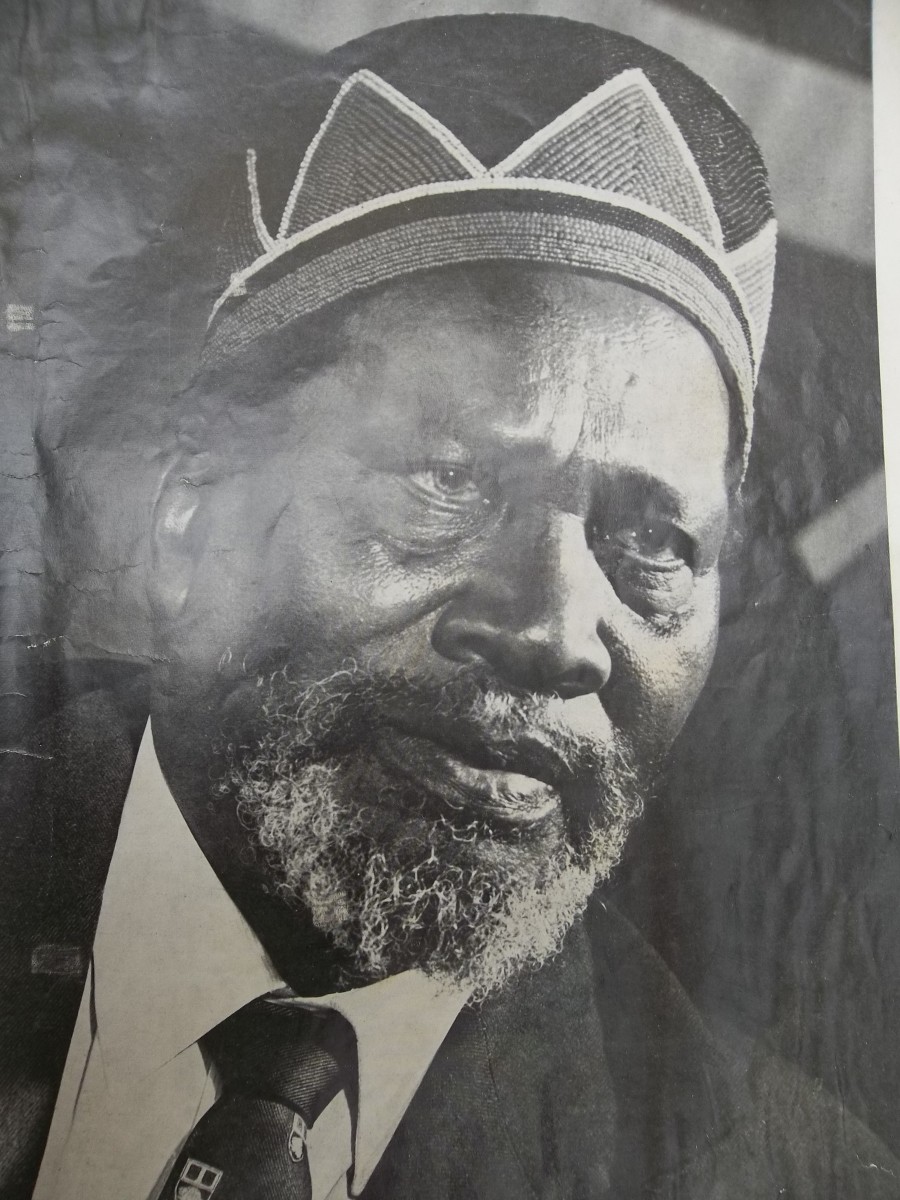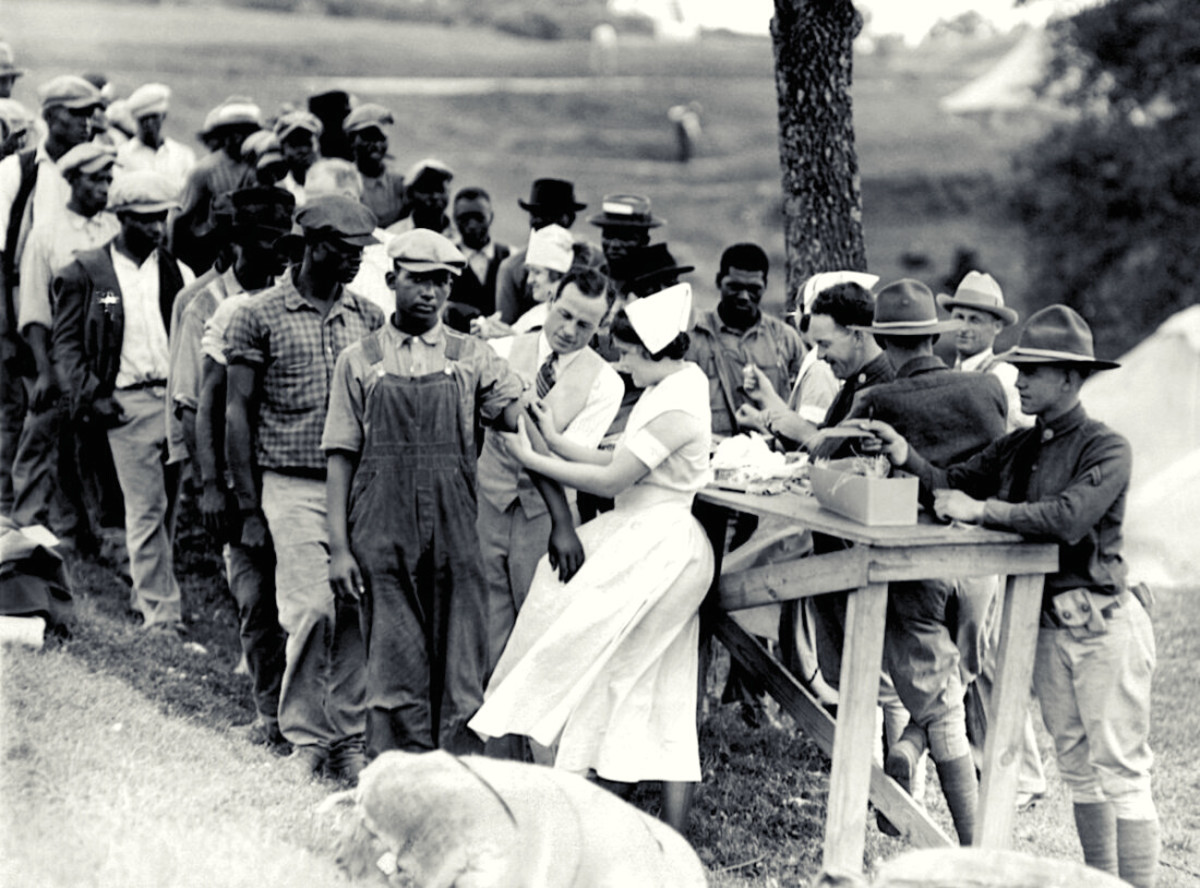- HubPages»
- Education and Science»
- History & Archaeology»
- History of the Modern Era»
- Twentieth Century History
Historical Investigation President Carter and the Iranian Hostage Crisis
Plan of Investigation
This investigation seeks to evaluate and discuss the involvement of the 39th President of the United States of America, James Earl “Jimmy” Carter Jr., in the solution of the Iranian Hostage Crisis from November 4, 1979 to January 20, 1981, which officially ended after Carter’s presidency, during the presidency of his successor Ronald Reagan. This investigation will begin by outlining the solution of the Iranian Hostage Crisis and the different approached, which were taken. From the information about the occurrences during the Iranian Hostage Crisis, only President Carter’s actions will be analyzed in detail to understand exactly how the President influenced the outcome of the crisis. The research question will be approached by looking at the direct actions of President Carter and their contribution to the resolution of the crisis. From all historical sources involved, this paper will focus on US Foreign Policy and the Iran Hostage Crisis and The White House Historical Association: Jimmy Carter and the Iranian Hostage Crisis and will filter out Carter’s role in the resolution of the crisis.
President James "Jimmy" Carter
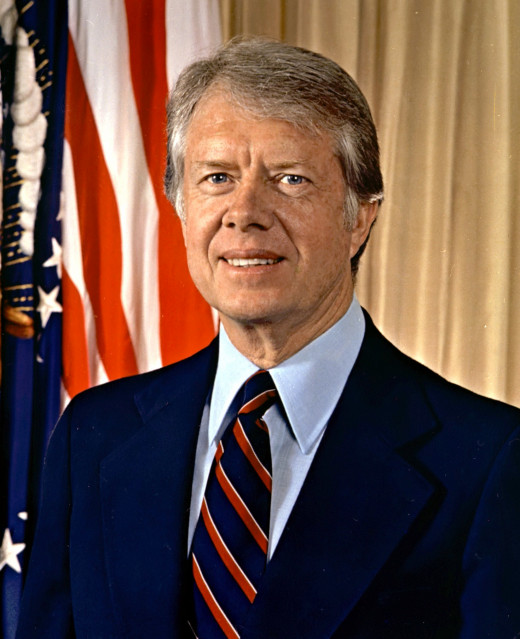
Summary of Investigation
The issues of Iran and the USA began thirty years before Carter took office, as the US provided military support to the regime at the time. In October 1979, the ousted leader of Iran, the Shah wished to come to the US. President Carter allowed this in November the same year. Soon afterwards, the siege and invasion of the American Embassy in Teheran occurred. As an initial step, Carter as President imposed embargoes on Iranian Oil and froze Iranian assets in American and foreign banks.
Two days after the raid of the embassy Carter wrote a personal letter to the leader of Iran, Ayatollah Khomeini, requesting the “release of all Americans presently detained in Iran”.
At the State of the Union Address on the 23rd of January 1980, President James E. Carter Jr. stated, “In response to the abhorrent act in Iran, our Nation has never been aroused and unified so greatly in peacetime. Our position is clear. The United States will not yield to blackmail”. Furthermore, president Carter did affirm that the protection of the “present and long-range interest of the US” is prior to the lives of the hostages.
The President continued with “an attempt of friendly warning to the nation of Iran asserting that the real enemy lies north, in the face of the Soviet Union.” Initially President Carter opposed a military mission and simply attempted to pressure the Iranian government through economic sanctions. He embargoed Iranian oil and approved the freezing of Iranian assets. “Carter decided to take a risk. On April 11, 1980 he approved a high-risk rescue operation”, known as “Desert One” by an elite paramilitary unit, which led to the death of eight special commandos after organizational miscalculations and “when two aircraft collided during the hasty retreat. “ After this move, both nations cut all diplomatic ties.
Following this halting of diplomatic relations, Carter and the US government conjured a deal. The president endorsed a deal which unfroze Iranian assets in American banks in worth of “nearly 12 billion dollars”. Carter restarted negotiations and in later 1980, a deal was accepted, later to be known as the Algiers Accords. Carter had approved a plan to release $32 billion in gold and assets in exchange for all prisoners. As the Khomeini rejected direct contact with any American, Carter devised a plan, which would involve the government of Algiers as an intermediary. The Iranian government was ready to release the hostages for the billions of dollars of gold and assets accepting Algeria as an intermediary. The Algiers Accords were then signed - a declaration set forth by the government of Algeria, which volunteered to act as an intermediary between the USA and The Islamic Republic of Iran. The document confirms the freeing Iranian finances and the release of the hostages.
Carter himself however organized the final preparations. He contacted all the international banks, where the assets and gold was held personally to speed the process up. He contacted the US base in Germany to prepare for the arrival of the hostages and met them there.The president remained in office working toward the swift release of the hostages until fifteen minutes before the end of his presidential mandate. “At 12:33 on the 20th of January 1981 the hostages left Iran by airplane”.
Your Involvement
Who do you believe is to be credited with the Solution of the Iranian Hostage Crisis
Evaluation of Sources
US Foreign Policy and the Iran Hostage Crisis was published in 2001 as part of Cambridge studies in International Relations and was written by Professor David Houghton. The purpose of this study is to answer such questions as “Why did most members of the US government initially believe that the incident would be over quickly? Why did the Carter administration then decide to launch a rescue mission, and why did it fail so spectacularly?” And give a detailed look into the decisions of President Carter and his advisors, while referring to their influence on modern international relations. The worth of this study lies within its deeply analytical style, yet as the book is written from a Western perspective, glorifying to a large extent the successful resolution of the crisis. Houghton, in his study clearly substantiates his claims and ideas referring to the politics behind the Iran Hostage Crisis but as a study of US Foreign policy and the Iran hostage crisis, it does not focus entirely on Carter, his government and the hostage crisis but deviates to extremes and discusses also political thoughts and philosophies and ethic questions. Furthermore it is a recent study, written 22 years after the crisis began, allowing for a modern review on the situation. Despite being a very trustable source, one must however conclude that Houghton’s analysis does have some minute limitations - It glorifies to a large extent the solution of the crisis in favor of the USA as it is written from a Western perspective and also it is distant to personal involvement.
The White House Historical Association: Jimmy Carter and the Iranian Hostage Crisis is an article from the White House Historical Association derived from various first-hand and second-hand sources. Its purpose is to educate about the Iran Hostage Crisis and the role President Carter played in its solution. The value of these sources would seem to be in their use of many first-hand sources, such as Carter’s State of the Union address and many declassified documents from the archives of the US government, as the foundation of the detailed picture they give.
The goal of the authors of the White House Historical Association is to educate, inform and raise awareness among the people of the United States, emphasize the significance of the office of the presidency and the amount of power vested in that office and act as a general information bank for United States history. Is it likely that these authors sympathetically and nationalistically, or objectively deal with the information regarding Jimmy Carter and his role in the Iran Hostage Crisis? But the opposite is the reality. Through negative statements regarding Carter’s decisions it refers to Carter and his cabinet in a negative fashion. Are the sources and information used to create these lessons reliable? The White House Historical Association as part of the US government does have access to all documents relating to the topic and the correspondence between the two belligerents, which are excellent first-hand sources.
Their Return
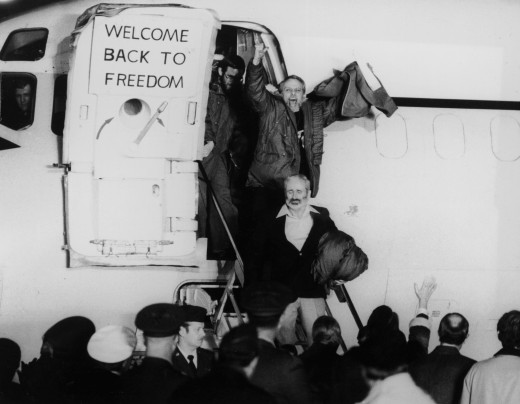
Analysis
This analysis is extremely important in its historical context of showing the complete degradation of US – Iranian relations, which is still viable today. Carters initial involvement with the Iranian shah turned out to be a fatal mistake and the trigger for the crisis, as the embassy siege was a direct consequence of the Shah’s acceptance on US territory.
President Carter emphasized during his speech the position of the USA, which still stands today. The USA does not negotiate with terrorists and will not bend to the will of a militant Islamic nation. Carter believed that through international cooperation and condemnation of the Iranian government the hostages would be released unharmed and without bloodshed. His letter to Khomeini was a politically unusual move of open plea to strive for better relations between the USA and Iran. Through this appeasing letter, Carter attempted the quick and non-antagonistic release of the hostages for simply humanitarian reasons.
Carter’s economic sanctions as an initial attempt to put pressure on the Iranian government through non-military, yet hostile, actions did not have any effect and even seemed to worsen the situation and the hostility of the Iranian government and public to America and its people. Despite the president’s assertive stance and conciliatory letter to Khomeini, two different approaches to an increasingly vital issue, Carter chose a more assertive stand emphasized by the breaking of diplomatic relations with Iran in April 1980. After nearly 6 month of detention, Carter slightly reluctantly, yet with authority and confidence authorized the military mission “Desert One”, causing the eight deaths of marines. It appeared to be a downward spiral for Carter. His actions continued to lead to the solution to the crisis moving further away than ever.
Up to this point in the crisis the views of The White House Historical Association which hold slight connotations of bias in favor of the opinion that Carter was in fact not involved to a large extent in the solution and his action were not successful enough in the initial stages of the crisis to bring about a swift resolution are backed up by consistent failure.
However, as time moved on and the next Election Day closed in, President Carter seemed to become obsessed with the solution of the crisis. The President conjured a deal with connotations of blackmail, endorsing a deal, which unfroze Iranian assets in worth of nearly 12 billion US dollars. Carter was greatly involved as the main organizer of the Algiers Accords, thus releasing a further 32 billion US dollars, their planning and implementation and also the arrival of the hostages, initially in Germany, then the United States. Iran accepted the clauses set forth in the deal due to their need of finances to fund the war against Iraq, which they were waging simultaneously.
As the detainees were released President Carter’s last appointment was gratified and he met them a day later in the American airbase in Germany, although by then he was former president. Although initial failure hindered the swift and painless release of the hostages, as a person with immense authority and power, the actions of President Carter were extremely important to the successful conclusion of the crisis through the bilateral complete acceptance of the Algiers Accords.
The Canadian Caper & Argo

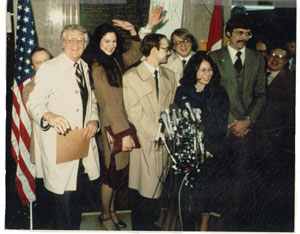
Conclusion
Carter was involved to a great significant extent in the solution of the Iranian Hostage Crisis in 1981. Despite dismal initial failure, with extreme personal involvement and the help pf the Algerian government, Carter was the main contributor to the solution of the crisis. During his last days as president, Carter worked around the clock to secure the release of the detainees. He personally as leader of the United States of America made all the final decisions including the two most important ones related to the solution. Firstly the economic sanctions put extreme pressure on the Iranian government opening them up for indirect political relations. Secondly, the decision to broker a deal with an enemy, stated to be terrorists, a first in modern American history, yet a successful first. By returning finances lost through the initial sanctions, Carter secured the release of the hostages. Despite it being a slow and tedious process, it proved successful. In addition, Carter utilized a technique of opposite paths by simultaneously writing a humanitarian letter and yet enforcing sanctions. Carter did solve the Iranian Hostage Crisis.



